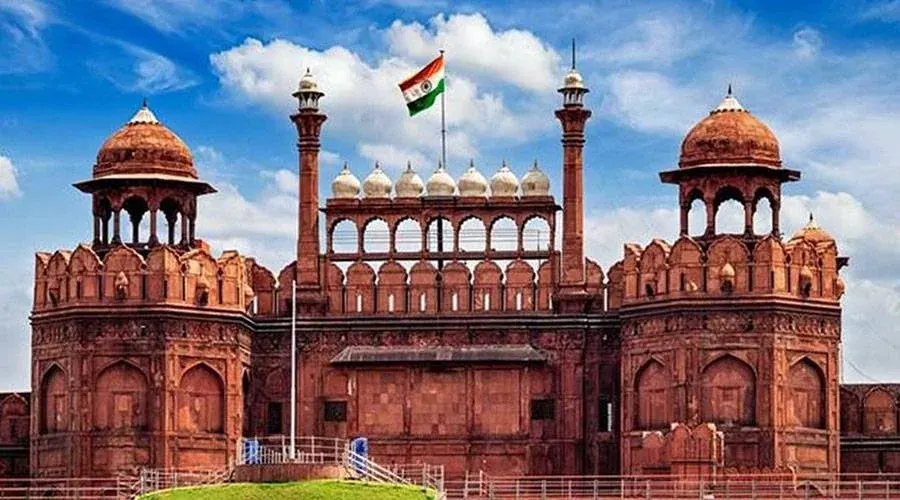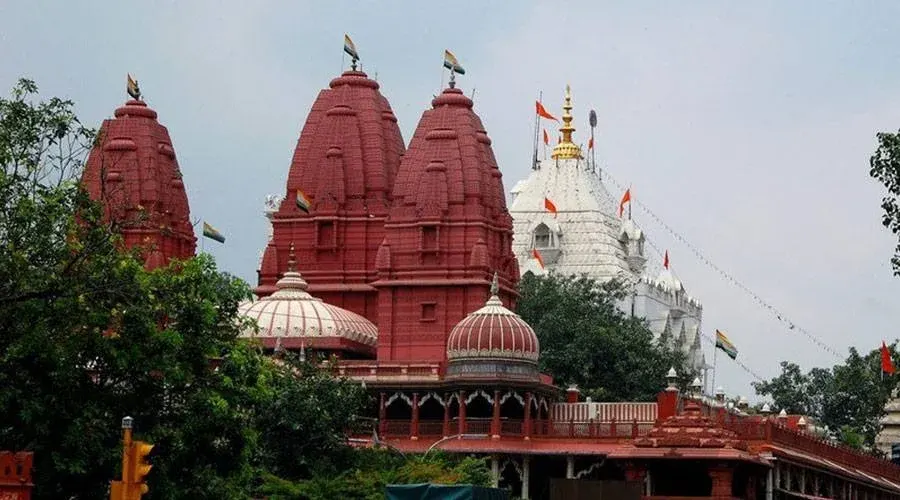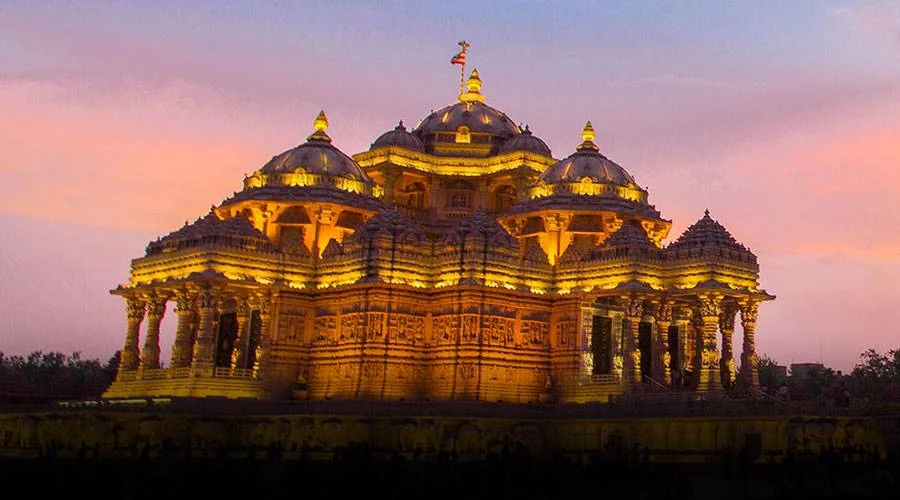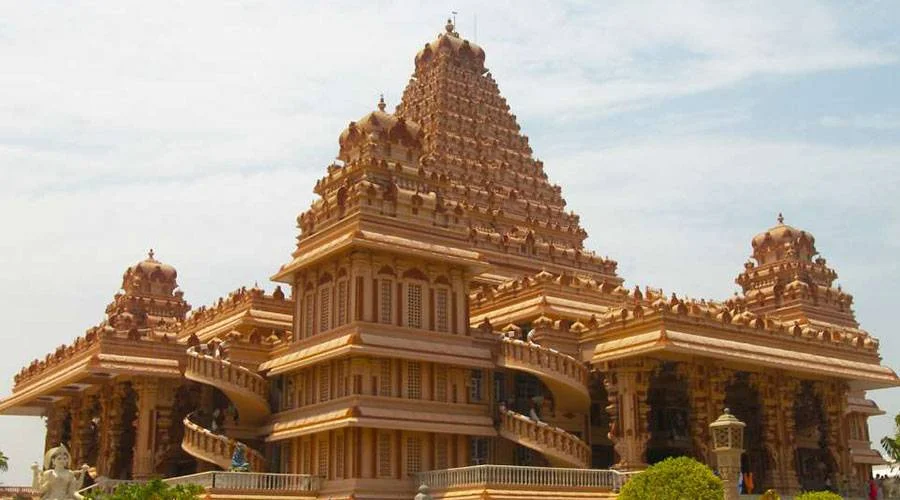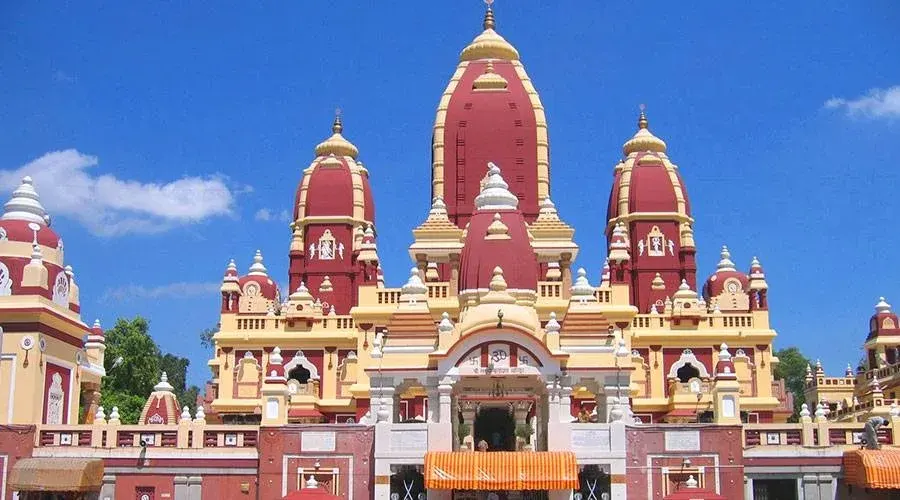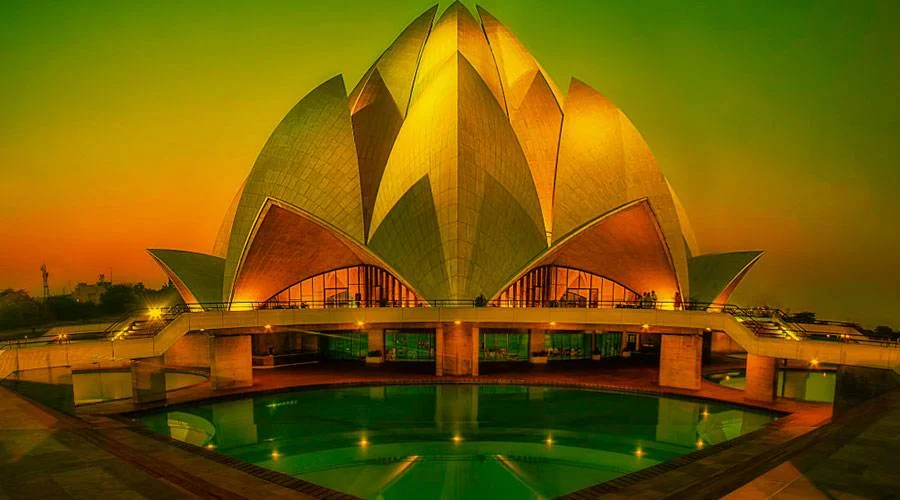Hazrat Nizamuddin Dargah, Delhi
Undoubtedly, the capital city of Delhi is a travelers' treasures and Hazrat Nizamuddin Dargah is one of its precious gems. Situated near Humayun’s Tomb, Hazrat Nizamuddin is a dargah (mausoleum) dedicated to Nizamuddin Auliya (1238 - 1325 AD) - one of the famous Sufi saints in the world. Hazrat Nizamuddin is one of the most serene and peaceful places of worship in Delhi, and hence, is visited by oodles of people of all-region. Inside the dargah, there are jaallies (lattice screens), marble arches, and a courtyard. Along with the tomb of Nizamuddin Auliya, the complex of this Muslim pilgrimage site in Delhi also comprises the tomb of his disciple Amir Khusrau who once one of the great Urdu and Persian poets of his time. Besides, the dargah also serves as the resting place of various other eminent historical figures including Shah Jahan’s daughter Jahanara Begum, a nobleman - Atgah Khan (whose wife served as the nurse of the great Mughal emperor Akbar), and Muhammad Shah Rangila - an 18th-century ruler.
Devotees who come here to offer their prayers can be seen tying a red thread on the screens. To pay homage, devotees also light incense sticks and also shower rose petals while performing their prayers. However, many devotees also offer chadars at the shrine which is considered to be sacred. Besides, on Thursdays, this place marks the maximum footfall of devotees from far and wide because of Qawwali performances organized in the evening where one can see a lot of people relishing a surreal experience. Apart from its religious and historical significance, the dargah also serves as one of the prominent shooting locations in Delhi, and therefore, has a connection with Bollywood also. Hazrat Nizamuddin Dargah has been featured in some popular hits like Rockstar (2011) and Bajrangi Bhaijaan (2015).
History
Dargah is sacred to the world-famous Sufi saint of the Chisti Order, Nizamuddin Auliya, who was born in 1238 in Badayun, Uttar Pradesh. He traveled to Delhi to preach the Order of Chisti and then finally settled in Ghiyaspur. Nizamuddin Auliya taught people that love and peace can help them get closer to God; also one should keep on serving people irrespective of their caste, creed, and religion. During his life, he had many followers like Hazrat Nasiruddin Mahmud Chiragh Dehlavi and Amir Khusro. On 3rd April 1325, he passed away, and his Dargah was constructed by Muhammad Bin Tughlaq of the Tughlaq Dynasty, who was also his avid follower.
Architecture
A street bustling with shops selling chadars, polychrome clocks, and prints of Mecca and flowers leads to the Dargah Hazrat Nizamuddin. In the inlaid marble pavilion, one can see devotees singing qawwali in the honor of celebrated Persian poet and devotee of Nizamuddin Auliya - Amir Khusrau (1253-1325). Women are not allowed to go beyond the outer verandah, but they can peek through jali ( lattice screen) to see the dark chamber where the grave of the great saint lies draped with chadar and rose petals. Locals say that tying a thread on the latticed screen serves as a constant reminder to the saint of their wishes. Apart from the main shrine, here, one can see the tomb of Nizamuddin Auliya's saints - Jahanara Begum, Shah Jahan’s favorite daughter, and Amir Khusru.
Across the western side of the open courtyard, one can see the Jamaat Khana Mosque, which was built, was back in 1325 AD. Towards the north side of Dargah, there is a stepwell. Locals say that the stepwell was built in secret as the Tughluqabad was in the making process, and all the building activities were banned. Successors of Nizamuddin Auliya made it with the help of water-lit lamps. On the north-eastern side, there is a 16th-century tomb of Atgah Khan, who was a powerful minister in Emperor Akbar’s court. In the open marble pillar, Chaunsath Khamba (“64 pillars”), one can find the grave of Mirza Ghalib, a preeminent Urdu, and Persian-language poet during the last years of the Mughal Empire. Other important tombs located in the NIzzamudin heritage area are the Lal-Mahal, Chini Ka Burj, Kalan-Masjid, Ataga Khan's Tomb, Khan-I-Jahan Tilangani's Tomb, Barapula, Chaunsath Khamba, and Khan-I-Khanan's Tomb.


